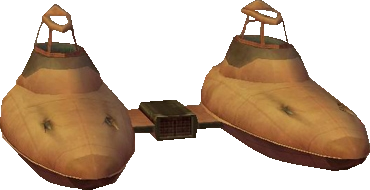
Following the TPS-generated treatment plan, we successfully delivered 20 Gy dose to an animal bearing an orthotopic prostate tumor using 4 BLT-guided radiation beams and 5 Gy dose to an animal bearing an orthotopic breast tumor using a single FMT-guided radiation beam. For in vivo dosimetry measured in the euthanized mice, the average difference between the TPS calculated dose and measured dose was 3.86% ± 1.12%. The Monte Carlo-based TPS was successfully calibrated by benchmarking simulation dose against film measurement. Finally, we performed image guided irradiation on mice bearing orthotopic breast and prostate tumors and confirmed radiation delivery using γH2AX histology. Furthermore, we developed a Monte Carlo-based treatment planning system (TPS) for 3-dimensional dose calculation, calibrated it using radiochromic films sandwiched in a water-equivalent phantom, and validated it using in vivo dosimeters surgically implanted into euthanized mice (n = 4). BLT and FMT provide tumor localization to guide radiation beams and molecular activity to evaluate treatment outcome.

CT provides animal anatomy and material density for radiation dose calculation, as well as body contour for BLT and FMT reconstruction. The platform consists of 4 modules: x-ray computed tomography (CT), bioluminescence tomography (BLT), fluorescence molecular tomography (FMT), and radiation therapy. To overcome this obstacle, we developed a multimodality image guided precision radiation platform. However, translating this scheme to small animal irradiation is challenging owing to the lack of high-quality image guidance.

The paradigm of clinical radiation therapy is trending toward high-precision, stereotactic treatment. Small animal irradiation is crucial to the investigation of radiobiological mechanisms.


 0 kommentar(er)
0 kommentar(er)
